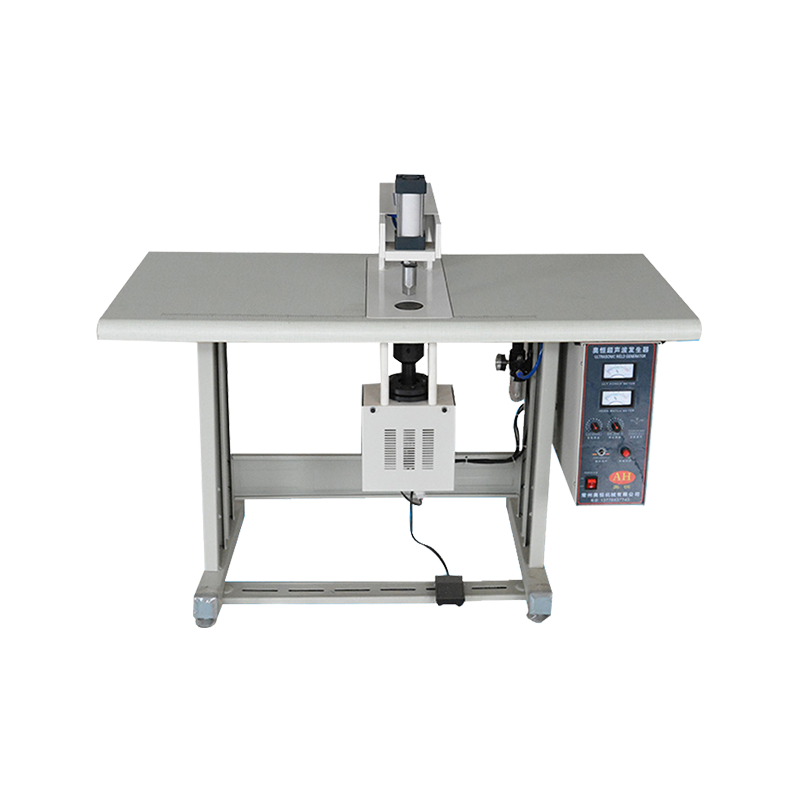Request A Quote

Point welding machines, also commonly referred to as spot welding machines, are vital equipment in many industrial manufacturing processes. These machines are primarily used to join overlapping metal sheets at specific points by applying pressure and passing a high electric current through the materials. The resulting resistance heat melts the metal at the interface, creating a strong and localized weld. Thanks to their speed, efficiency, and reliability, point welding machines have become a cornerstone in the assembly of metal components across various industries.
Content
Automotive Industry
The automotive sector is one of the largest users of point welding machines. These machines are widely used in the assembly of car body panels, frames, brackets, and other structural components. Robotic spot welders are integrated into automated production lines to perform thousands of welds per vehicle with high precision. This ensures both structural integrity and production efficiency.
Home Appliance Production
In the manufacturing of appliances like refrigerators, washing machines, ovens, and air conditioners, point welding machines are used to join internal metal frames, covers, and enclosures. The speed and cleanliness of the welds make them suitable for applications where appearance and strength are equally important.
Electronics and Battery Manufacturing
Precision point welding plays a key role in the production of battery packs, especially for lithium-ion batteries used in portable electronics and electric vehicles. It is used to connect battery tabs, terminals, and thin conductive metal layers without damaging sensitive components.
Aerospace and Defense
Aerospace components often require lightweight materials and precise assembly methods. Point welding machines provide consistent, high-strength joints that meet the rigorous safety and performance standards of the aerospace industry.
Furniture and Lighting Fixtures
In industries that manufacture metal furniture and lighting equipment, point welding is used to assemble steel or aluminum frames, brackets, and fittings efficiently. It provides clean joints without the need for additional fasteners, maintaining product aesthetics.
Construction and Infrastructure
Point welding is also applied in fabricating structural metal elements, fences, frames, and supports used in building and civil engineering projects.
High Speed and Productivity
One of the primary benefits of point welding machines is their speed. A typical weld can be completed in a fraction of a second, allowing manufacturers to produce large volumes in a short time. When integrated into automated lines, production speed is further amplified.
Cost Efficiency
The point welding process requires no filler material, flux, or shielding gas. This reduces material costs. Additionally, the localized nature of the weld minimizes energy consumption, further cutting down operational expenses.
Strong, Consistent Welds
With proper control of current, time, and pressure, point welders produce repeatable, high-strength welds. This consistency is critical for industries that demand quality assurance and mechanical reliability.
Compact and Clean Process
Point welding does not require cleaning of slag, spatter, or post-weld finishing. This makes it suitable for applications where appearance matters or where additional machining is not desirable.
Compatibility with Automation
Modern point welding machines can be easily integrated with robotic arms, CNC systems, and conveyor lines. This enhances manufacturing flexibility and supports high-volume, lights-out production environments.
Minimal Distortion of Materials
Because the heat is localized, surrounding areas of the workpiece are less affected. This minimizes thermal distortion, preserving the overall dimensions and properties of the parts.
Wide Material Applicability
While ideal for low-carbon steel, point welding machines are also adapted for stainless steel, aluminum, nickel alloys, and coated or galvanized metals with appropriate adjustments to settings.
In recent years, point welding machines have evolved with the help of automation, digitization, and smart control systems. Many machines now offer:
Programmable welding parameters for different materials and thicknesses
Real-time quality monitoring and data collection
Servo-controlled electrode force for improved accuracy
Compact designs with better energy efficiency
User-friendly touch screen interfaces and remote diagnostics
These advancements not only improve weld quality but also reduce downtime and simplify maintenance.

Point welding machines are integral to the modern industrial manufacturing landscape. Their ability to produce strong, clean, and repeatable welds at high speed makes them invaluable across sectors from automotive to electronics. As the demand for efficient and automated production continues to grow, point welding technology is expected to keep advancing, offering even more refined solutions for precision metal joining. For manufacturers aiming to enhance productivity and maintain high-quality standards, investing in reliable point welding equipment remains a practical and strategic choice.
Copyright © ChangZhou AoHeng Machinery Co., Ltd. All Rights Reserved

 English
English 中文简体
中文简体 русский
русский Español
Español